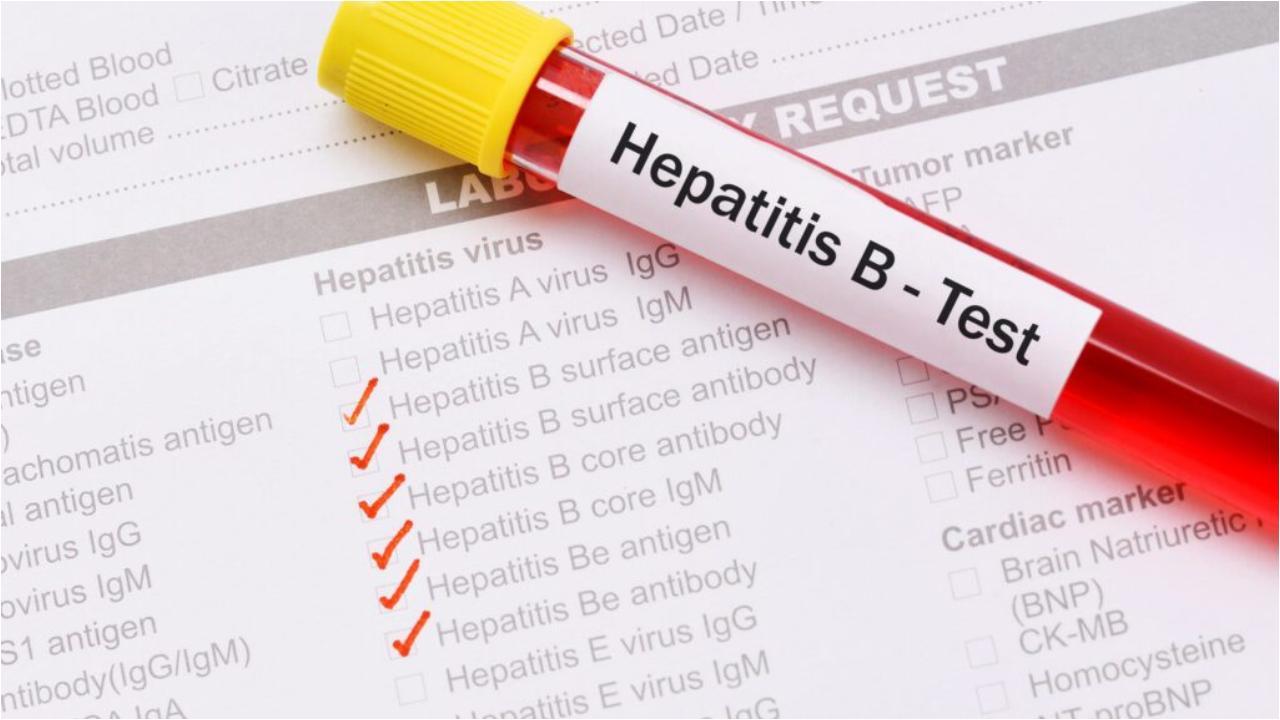Various conditions such as alcohol-related liver disease, fatty liver, hepatitis and cirrhosis are causing liver damage are adding to this trend, share experts

Image for representational purposes only. Photo Courtesy: iStock
health experts hint at a growing concern regarding liver disease among youngsters between the age group of 23-35 years old. Various conditions such as alcohol-related liver disease, fatty liver, hepatitis and cirrhosis are causing liver damage. This has led to higher mortality and morbidity rates in the youth. Timely screening and management of these fatal liver conditions are key to improving the outcome and saving the lives of youngsters battling liver disease.
ADVERTISEMENT
The liver is a vital organ that is responsible for various functions in the body. This includes functions like detoxification, nutrient processing, regulating hormones, repairing damaged tissues, functions of the immune system, and storing essential nutrients and chemicals.
Currently, there’s been a significant rise in experiencing liver-related problems. Various factors that cause harm to your liver are alcohol consumption, smoking cigarettes, not drinking enough water, excessive sodium intake, viral infection and taking certain medications for prolonged periods. Health conditions like type 2 diabetes, obesity and high cholesterol levels can potentially increase the chances of developing liver-related problems.
Dr Uday Sanglodkar, senior consultant hepatologist and clinical lead liver and transplant ICU at Gleneagles Hospitals Parel, said “Liver-related severe conditions like acute viral hepatitis, cirrhosis, Alcoholic hepatitis, fatty liver, and NASH (non-alcoholic fatty liver) related chronic liver diseases are significantly rising in the youngsters aged 23-35. The ratio of men and women (almost twice as high among men compared to women is 2:1).”
This number has surged in the last few years because of unhealthy lifestyle practices and excess use of alcohol considered a routine social norm). The common complaints of these youngsters are jaundice which is yellowing of the skin and eyes, weight loss, nausea and vomiting, weakness, swelling over feet, enlarged spleen and fluid build-up in the stomach (ascites). In Sanglodkar’s routine practice, the numbers have gone up as compared to the last 5 years. He is seeing 1 in 5 patients to be suffering from liver disease not compared to last year but yes as compared to last 5 years.
Cirrhosis is a serious condition that can potentially damage your liver and cause permanent scarring of the tissues. These scar tissues actively hijack healthy tissues present in the liver. Over time, normal liver starts accumulating fat in excess which over time results in swelling and scarring of normal liver tissue. NASH, non-alcoholic fatty liver is an excessive buildup of fat around the liver in those who drink occasionally or not at all. (it is an early stage of liver cirrhosis).
Hepatitis occurs when there is a serious inflammation of the liver which can be caused by multiple factors such as viruses (hepatitis A, B, C and E) toxins, chemicals, drug abuse, drinking alcohol, genetic disorders and certain autoimmune diseases. There are various types of hepatitis such as hepatitis A (spreads through contaminated water or food), hepatitis B (spreads through being in contact with an infected person through blood contact or unsafe sex) hepatitis C (spreads through blood-to-blood contact), hepatitis D (occurs only to people who are diagnosed with hepatitis B), hepatitis E (spreads through contaminated water).
It is seen those affected with hepatitis infection have not received the hepatitis vaccine. 60 percent of patients presenting for treatment with hepatitis infection have not received the hepatitis vaccine This infection can be easily prevented by getting vaccinated with a hepatitis vaccine.
“Presently, we have vaccines against Hepatitis A and B which should be taken in all high-risk individuals above 18 years of age. Taking medication, eating a nutritious diet, avoiding processed goods, exercising, and quitting alcohol can keep the liver healthy. However, extreme liver damage due to cirrhosis may require liver transplantation” highlighted Dr Sanglodkar.
Dr Prakash Kurane-Genenal & HPB surgeon, Apollo Spectra Mumbai adds, "The rise of liver disease among youngsters in the age group 20-36 is owing to alcohol consumption, inviting conditions like fatty liver disease and alcoholic hepatitis. Poor dietary choices high in processed foods and sugar can also cause liver damage at a younger age. Sharing of needles for drug abuse too is a drastic cause of the increasing incidence of liver disease.”
Another important cause of hepatitis is the intake of medications toxic to the liver especially spurious medicines under the barb of ayurvedic medicines. In general, men have a higher incidence of hepatitis than females. However, the severity of hepatitis E-related complications is higher in pregnant females, outlines Kurane.
Common symptoms of presentation of hepatitis are fever, malaise, fatigue, loss of appetite, vomiting, diarrhoea and abdominal pain. Treatment for liver disease involves adopting a healthier diet, quitting alcohol and regular physical activity. Medications may be prescribed to manage symptoms such as jaundice and abdominal pain and prevent further damage to the liver.
In order to prevent hepatitis, it is essential to create awareness about the risks of liver disease in youngsters and encourage early intervention to prevent long-term complications that may necessitate liver transplants. Moreover, taking hepatitis A and B vaccines is equally important to prevent this fatal infection. By taking proactive steps, youngsters can keep liver diseases at bay.’
Also read: Your kneecap shape can signal osteoarthritis risk: Study
 Subscribe today by clicking the link and stay updated with the latest news!" Click here!
Subscribe today by clicking the link and stay updated with the latest news!" Click here!












